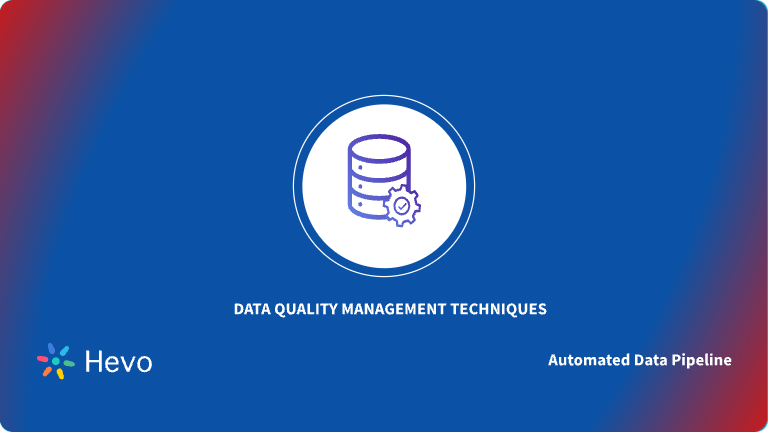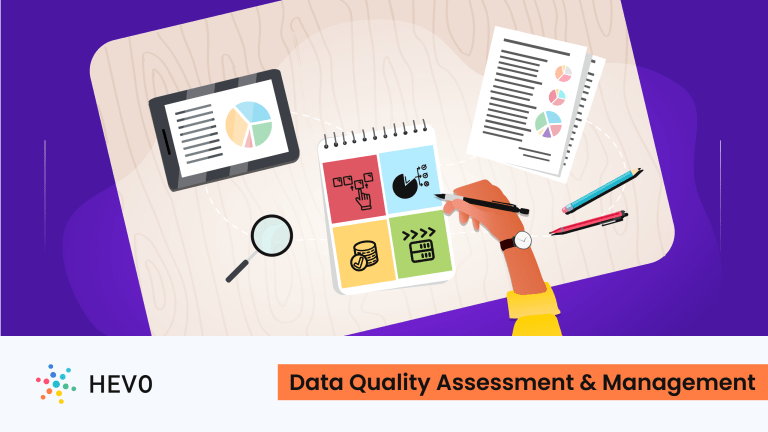The importance of data quality within an organization cannot be overemphasized as it is a critical aspect of running and maintaining an efficient data warehouse. It tells us how well a dataset meets certain criteria for accuracy, completeness, validity, consistency, uniqueness, timeliness and fitness for purpose.
High-quality data ensures that organizations make data-driven decisions to meet their business goals. However, poor data quality can lead to poor insights, which will, in turn, severely impact the quality of the organization’s decisions. According to Gartner’s (2020) report on data quality, poor data quality costs organizations an average of USD 12.9 million yearly. To make informed decisions, organizations and businesses must always ensure high data quality in their data warehouses.
In this blog post, we will discuss the reasons for bad data in data warehouses, data quality checks in data warehouses, and, finally, the tools that can be used to ensure data quality.
Table of Contents
What is Data Quality in a Data Warehouse?
Data warehouses are built to accommodate data from various relevant sources within an organization. This means data must be integrated into the data warehouse from multiple systems and optimized for analysis and business intelligence purposes.
Data Quality in data warehouses is the accuracy, completeness, consistency, and reliability of the dataset stored inside of it. This ensures that organizations can rely on the insights derived from the dataset for analytics or reporting purposes. Data warehouses do not generate any data of their own hence, any data quality issues that arise are either within the source systems or arise from how the data is interpreted in different systems.
Hevo Data ensures high-quality data by automating data pipelines with built-in data quality checks. With Hevo, you can ensure data consistency, accuracy, and completeness as it moves seamlessly across sources—no coding required!
Hevo enables your team to focus on leveraging trusted data for better insights and smarter decisions. Find out why Hevo is rated 4.3 on G2!
Get Started with Hevo for FreeWhat are the Reasons for Bad Data in a Warehouse?
There are several reasons for bad data in data warehouses, and if not attended to on time, it can become more complicated. Below are some of the major causes.
- Data Source Issues: These are the issues that occur from inaccurate or incomplete data at the data source.
- Data Transformation Errors: These errors mostly happen during data extraction, transformation, and loading (ETL) processes.
- Lack of Data Governance: Not having good data governance practices can cause data quality issues in data warehouses.
Common Data Quality Checks in Data Warehouses
- Data Profiling: Analyze data characteristics to identify patterns, anomalies, and potential quality issues.
- Data Validation: Compare data against predefined rules and constraints to ensure accuracy and consistency.
- Data Cleansing: Identify and correct errors, inconsistencies, and missing values.
- Data Standardization: Ensure data is formatted and represented consistently across different sources.
- Data Deduplication: Identify and remove duplicate records.
- Data Completeness Checks: Verify that all required fields are populated.
- Data Consistency Checks: Compare data across different sources or dimensions to identify inconsistencies.
- Data Accuracy Checks: Validate data against known reference values or external sources.
Data Quality Checks in ETL
These are the data quality checks you can perform for your ETL pipelines to maintain accurate, consistent, and good-quality data:
- Null-Value Check: Ensures no mandatory values are missing.
- Uniqueness Check: Identifies and removes duplicate records.
- Consistency Check: Validates data conformity across different sources.
- Accuracy Check: Ensures data is correct and aligns with source records.
- Timeliness Check: Confirms data is up-to-date and relevant.
- Referential Integrity Check: Ensures relationships between tables remain valid.
- Format Check: Verifies data follows the required formats (e.g., date, email, phone number).
How to Improve Data Quality in Data Warehouse?
As organizations continue to grow, the amount of data in their data warehouses grows in size and complexity, too. Improving data quality is crucial to ensuring that reliable and accurate data drive your business decisions. Below are some data warehouse best practices that organizations can use to improve the quality of data in their data warehouses.
- Handle data quality issues proactively: To ensure quality data is available, organizations must build a framework that automatically captures and streamlines data quality issues. Data cleansing and profiling can be used at this stage.
- Incorporate data governance: Organizations must create policies and procedures for data management and quality assurance. These will ensure data is always entered into the database in a standardized format, data ownerships are declared, and clear data entry and processing guidelines.
- Establish data auditing processes: Any processes and plans organizations use to create and maintain data quality within the data warehouse should be measured regularly for effectiveness. Auditing data within data warehouses is a beneficial approach to building trust in data. Data auditing allows organizations to check for poor data quality, such as incomplete data, data inaccuracies, poorly populated fields, duplicates, formatting inconsistencies, and outdated entries.
- Take advantage of the cloud and cloud data warehouses: Organizations should take advantage of cloud and data warehouse services, as most of these services come with data quality tools that can be handy. The cloud can also simplify integrating data quality and integrity tools into a data warehouse. Lastly, cloud data warehouses make it easier to access data, as they efficiently ingest and prepare data from different sources in multiple formats.
Top Data Quality Tools for a Data Warehouse
Data complexity, integration needs, budget, and long-term scalability are factors organizations must consider before choosing the right data tool. Many data quality tools are out there that can be used to ensure data quality and maintain integrity in a data warehouse. Some are listed below.
- Informatica Data Quality: This tool can offers end-to-end data management capabilities which include data profiling, cleansing, and monitoring
- Talend Data Quality: This tool also provides data profiling, data cleaning, and enrichment functionalities. This will ensure that the data in the data warehouse is correct, consistent, and free from errors.
- Ataccama One Data Quality Suite: This tool is considered one of the leading data quality platforms in the industry. It gives organizations a combined data quality platform and real-time reporting mechanism. Ataccama is an AI-powered platform that provides functionality such as data discovery, metadata management, data quality management, master data management, and more.
- IBM InfoSphere Information Server: This tool excels at data transformation, scalability, and performance. Organizations can take advantage of its ETL flexibilities its native integration with functionalities such as data profiling and metadata management, and the stability of the platform.
- Microsoft Data Quality Services (DQS): Integrated within SQL Server, DQS provides data cleansing and matching features to maintain data consistency.
Read more:
- Data warehouse best practices
- Data quality checks in data warehouses
- Need for the data warehouse
- Mastering data warehouse architecture
Conclusion
Any organization planning to leverage data for business intelligence, analytics, and reporting must take seriously the data quality in its data warehouse. Poor-quality data can lead to misinformed decisions, financial losses, and compliance issues.
Enhance your data quality checks with the right tools! Don’t miss our blog Best Data Preparation Tools for 2025 to discover the top options for effective data management.
By understanding the common challenges that lead to bad data, implementing strong data governance policies, and using modern data quality tools, organizations can significantly improve the accuracy, consistency, and reliability of their data. Regular audits, data profiling, and automated quality checks are crucial to ensure that the data remains fit for purpose, enabling businesses to make sound decisions based on trusted data.
By automating the process with Hevo, you can set up no-code data pipelines that come with built-in data quality checks, ensuring that your data is accurate and reliable at every step. Hevo’s end-to-end solution empowers your team to focus on insights rather than manual validations.
Schedule a personalized demo with Hevo to automate data quality checks in your data warehouse while loading your data.
FAQ
1. What is data quality in a data warehouse?
Data quality in a data warehouse refers to the accuracy, completeness, consistency, and timeliness of the data stored in the warehouse. High data quality ensures that the data is reliable and fit for its intended use in reporting, analytics, or decision-making.
2. What are the 4 elements of data quality?
The 4 elements of data quality are: accuracy, completeness, consistency and timeliness.
3. What are the 5 points of data quality?
The 5 critical points of data quality include: accuracy, completeness, consistency, reliability and relevance.
4. What are the 7 C’s of data quality?
The 7 C’s of data quality are: completeness, consistency, conformity, currency, correctness, credibility and coverage.






